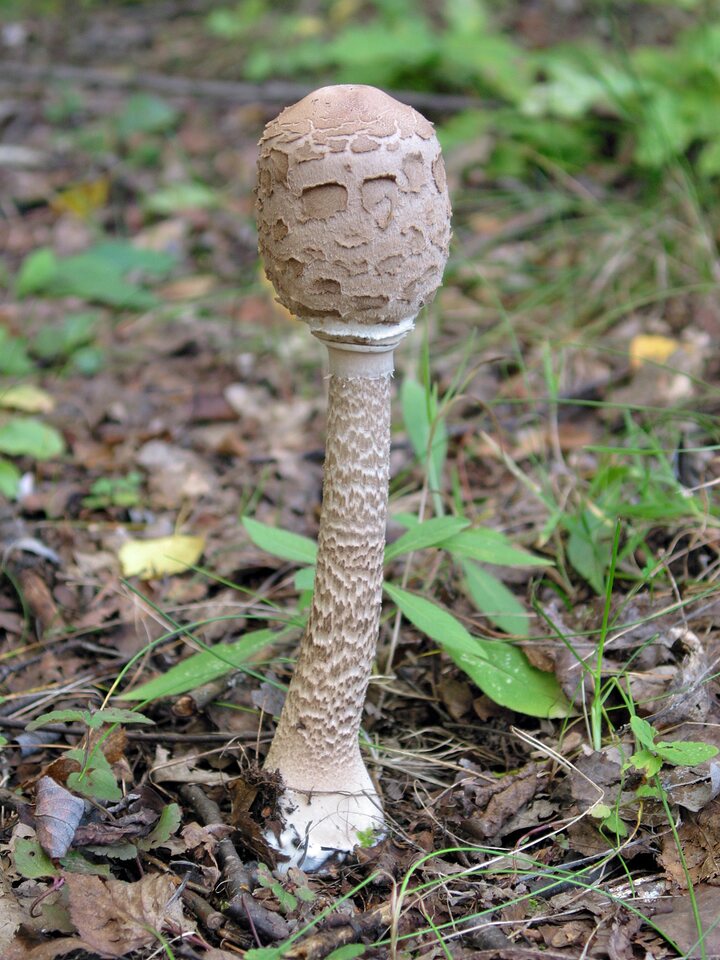129/192

Macrolepiota procera · skėtinė žvynabudė
- parasol mushroom
- Gemeine Riesenschirmling, Parasol, Riesenschirmpilz
- skėtinė žvynabudė
- lielā dižsardzene
- czubajka kania
Macrolepiota procera is a choice edible mushroom. It is very sought-after and popular in Europe, due in part to its large size, seasonal frequency, and versatility in the kitchen. 6557
0 comments
Add a comment
Comments